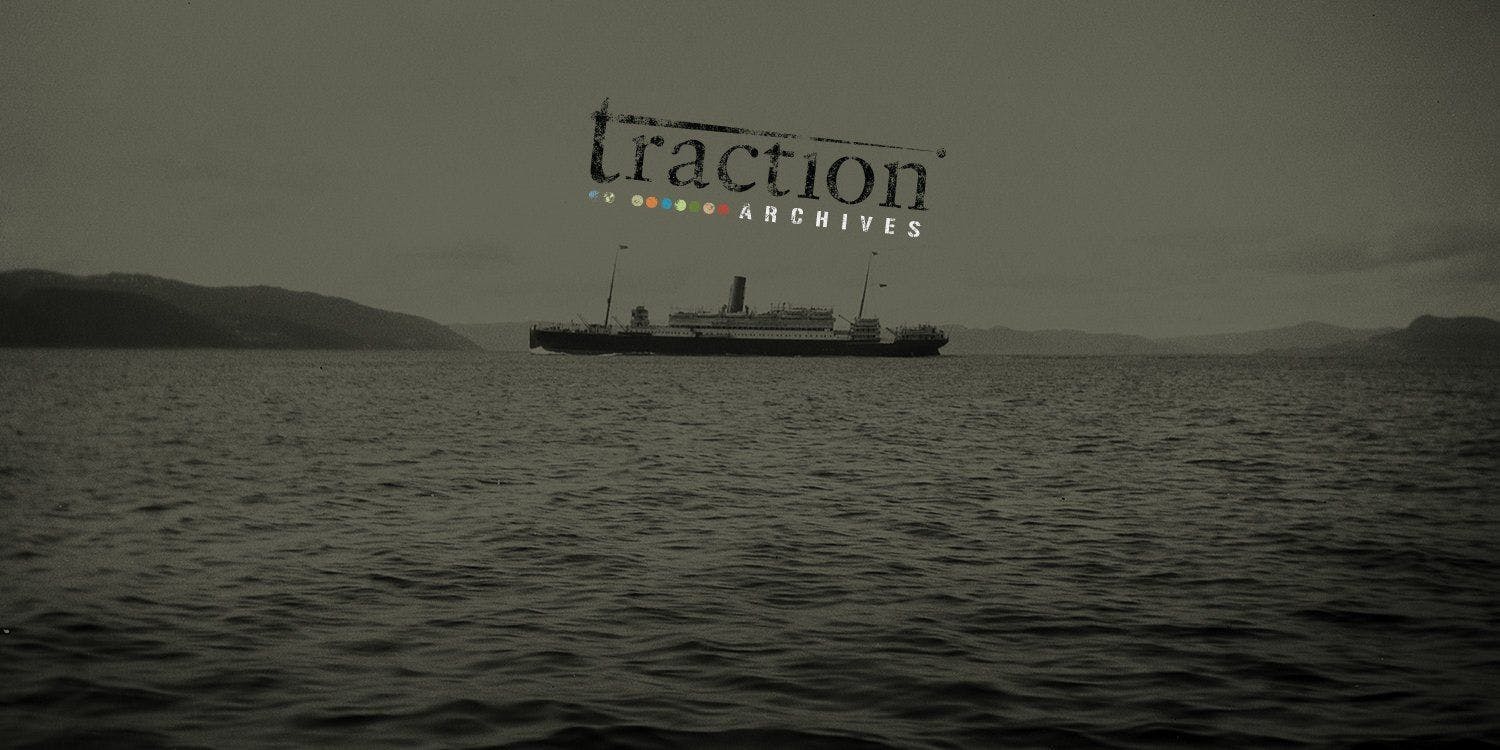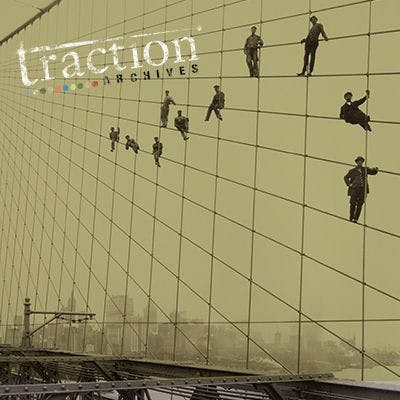Collaboration as Innovation

By Adam Kleinberg
It’s common for marketers to get fixated on the tangible when it comes to innovation—products, features, tools.
"Let's create an iPad app to engage our customers."
"Let's use a DSP to buy our media."
But let's open the windows and see what's going on outside of our industry. How are other companies innovating?
First, companies outside of our industry aren't quite so myopic in their definitions.
Look at Walmart. The Walmart customer experience sure ain't no iPad. However, Walmart is just as innovative as Apple. Walmart just chooses to innovate on how they deliver—their supply chain—instead of what they deliver—their customer experience. The Walmart customer experience is low prices. Low prices made possible by their supply chain innovation.
Second, the world has shifted to a collaborative economy that our industry needs to adapt to—within and across our organizations.
Take Boeing. They used to build the world's best airplanes. No longer. These days, their expertise is now in assembling the world's best airplanes. Boeing still builds some critical pieces of airplanes, but most of those components come from dozens of best-of-breed suppliers around the globe. The focus of their innovation has been how to become better collaborators.
Opportunities for Collaboration Innovation
The industry landscape is a cluttered mess. Sitting between brands and customers are thousands of companies offering a dizzying array of overlapping products and services to help bridge the gap. Meanwhile consumers are demanding more and more content and value from brands across more and more devices and channels. At the same time, they're becoming less tolerant and less trustful of brand-sponsored communications.
The range of expertise needed to successfully market in this environment is daunting. The need for coordination across all these areas makes it even more overwhelming. Players don't want to lose market share, so everyone says they do it all. But by trying to do everything, companies wind up being not expert at anything.
This situation leaves collaboration ripe for innovation. Here are some opportunities:
Agency partnership. Agencies have had our heads up our collective asses—too busy fighting for table scraps to come up with solutions to the greater problem. Brands are coming up with innovative collaboration models themselves. Pepsi now has an agency model where they brief all of their agencies at the same time—the best idea comes from anywhere. Then all of their agencies go back to their respective corners and execute at what they're best at.
Total partner collaboration. Last week I was at a "Strategic Supplier Summit" for one of Traction's clients, the largest personal and business finance software maker in the world. Rather than solicit competing proposals from dozens of partners for their annual marketing push, they gathered all of their partners—their ad agency, media agency, publishers, ad networks, affiliate networks, Google—and requested one proposal that was best for the brand.
This approach delivered efficiency and performance. Win. Win.
Crowd-sourcing. A handful of agencies have come up with models for crowd-sourcing creative from the unwashed masses. While this model will unlikely satisfy the diverse needs of clients in an increasingly complex media landscape, it is certainly an innovative point solution.
Cross-functional teams. Collaboration within your own company is an opportunity for innovation as well. Knocking down the walls of departments, embracing the idea that a good idea can come from anywhere, structuring your process to drive cross-functional team cooperation early on in a project—these things don't just yield innovative results, they are themselves a better way of doing things. They are innovation.
I've seen time and again at Traction the benefits we reap when we leverage this approach. When representatives of technology and media are sitting at the table early on with copywriters and art directors, the ideas we produce become dimensionalized. A way of delivering a message becomes a way of creating an experience. We start saying things like "ooh, we could..." instead of "oh, that won't work," when we bring together minds early on.
Evolved two-person teams. Collaboration isn't just about ideation. Just like Walmart's supply chain, we can improve how we produce work as well.
Historically, the art director-copywriter team has emerged as a model for producing advertising—two people with complimentary skills sitting in a room working on solving a problem together by challenging and inspiring one another until they nail the brief.
Today, the art director- programmer team is a model that ensures ideas are not just beautifully designed, but efficiently and feasibly designed. Having a process allows time for collaboration points up front, ensures efficient delivery of services later on.
Collaboration matters
The net-net here is that agencies and other marketing solution providers need to find better ways to work together and leverage strength in partnerships. The companies that innovate and find a way to collaborate better will ultimately provide greater value to clients.

Last Thursday Traction had a visit from Pete Slosberg and Mark "Rhino" Bronder, the co-founders of Pete's Wicked Ales.

I found this graphic Quora in an answer to a question about the difference between UX and UI design. Semantics can be a bitch.

A few days before the official launch of Internet Explorer 9 I decided to take a look at the Traction website in the most recent IE9 release candidate.
